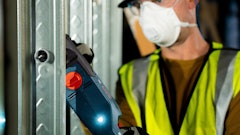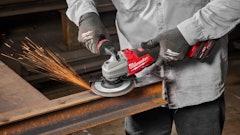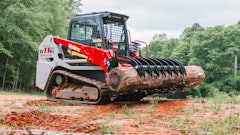One of my favorite parts of my job is when I have the chance to get out in the field and climb into the operator’s seat of a brand new piece of equipment. Not only does it give me a perspective of what goes into running a particular type of machine, it enables me to appreciate the advances in the overall operating environment that have taken place, especially over the past decade. As any experienced operator can tell you, “creature comforts” were not top of mind in older equipment designs. That has changed substantially, and for good reason.
As you well know, the construction industry is again struggling to fill its workforce needs as more high-paying jobs become available in other industries. The perception of construction as one of those “dirty jobs” that Mike Rowe used to tackle is also alive and well and hard to shake. Yet, manufacturers are putting forth a valiant effort to find ways to get, and keep, the next generation of workers in the operator’s seat.
Climbing into the cab of a piece of heavy equipment is a long way from easing behind the wheel of a BMW or Lexus, but automotive-style designs have become more prevalent, lending not only added comfort but a sense of familiarity. Touchscreen LCD displays, high-visibility gauges, adjustable suspension seats, adapters for MP3 players, chargers for electronic devices and more “luxuries” are becoming the norm rather than the exception. In addition, engineers have put substantial time into designing highly functional, low-effort, ergonomically enhanced joysticks that enable operators to more easily control the machine and work for longer periods with less fatigue.
Advanced climate control systems are another recent development on models equipped with enclosed cabs. Significant R&D has gone into these systems to optimize placement of vents, boost system capabilities and ensure they are easy to control. Pressurized, sealed cabs further enhance their efficiency and ensure a clean, dust-free environment.
Another area of concentration is visibility, both in terms of the lighting packages available and the view around the machine. More glass in strategic locations and sleeker hood designs to reduce blind spots to the work area and sides and rear of the machine have resulted in true “all-around” visibility, enhancing safety, efficiency and productivity.
Where such focus on the operating environment was once seen as unnecessary in some cases and almost frivolous in others, today it’s becoming an important tool to attract new operators and maintain the ones you have. If construction activity continues to pick up as forecast, the competition for skilled workers is only going to get worse, and any advantage you have to get and keep people in the seat of your vehicles and equipment is worth considering.
If you haven’t taken a look at some of the newer cab designs lately, I suggest visiting your local dealer to schedule a demo on one of your jobsites and gauge the benefits in a real-world application. I’m sure your operators will be happy to put the machine through its paces and share their input on whether a change in work environment may really be worth the investment!


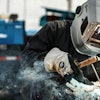


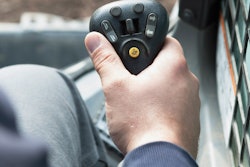
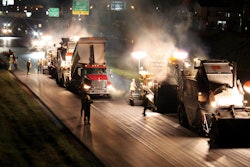



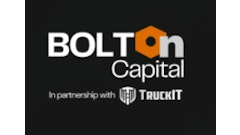
![Hcm Ax Landcros Dual Branded Logo[25]](https://img.forconstructionpros.com/mindful/acbm/workspaces/default/uploads/2025/11/hcmaxlandcros-dual-branded-logo25.Qhg3vUCjoK.jpg?ar=16%3A9&auto=format%2Ccompress&bg=fff&fill-color=fff&fit=fill&h=135&q=70&w=240)



